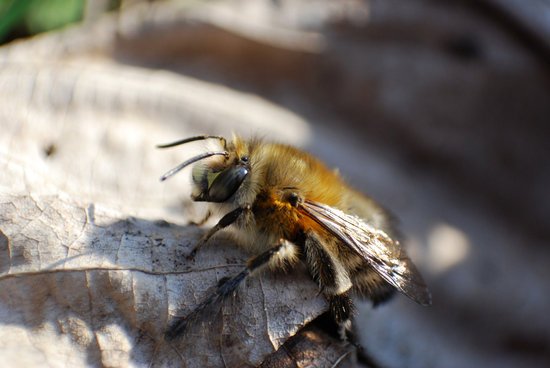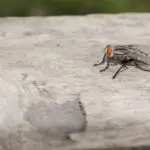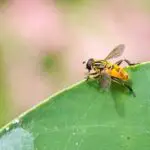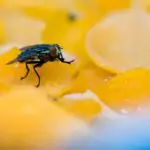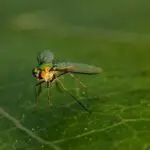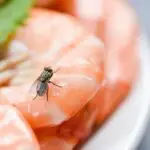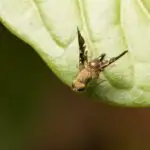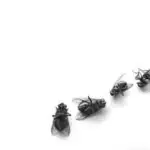How Do Flies Reproduce?
Flies reproduce by laying eggs on organic materials such as decomposing food, carrion, and other organic waste. Houseflies often lay their eggs in piles of these materials. The eggs are white and hatch within eight to twenty hours. After hatching, the larvae feed on the accumulated organic matter and produce new generations.
Flies are non-biting, but their presence can be bothersome because they can pick up harmful bacteria from decaying organic materials. They can even spread diseases. Because of this, it is crucial to clean up the area around food. Flies are highly unhygienic, and should not be left unattended.
After hatching, a female fly will lay eggs. They can lay up to 150 eggs in a single batch. They also lay their eggs on surfaces, garbage, and organic waste. While the eggs may be difficult to spot, the larvae will feed on this organic matter. After the laying process, the flies will begin to develop their wings, antennae, and legs.
The life span of a fly depends on several factors, including its species, environment, and living conditions. It can range from seven to ten days to thirty days. Moreover, the species and the season of the year also influence its life span.
